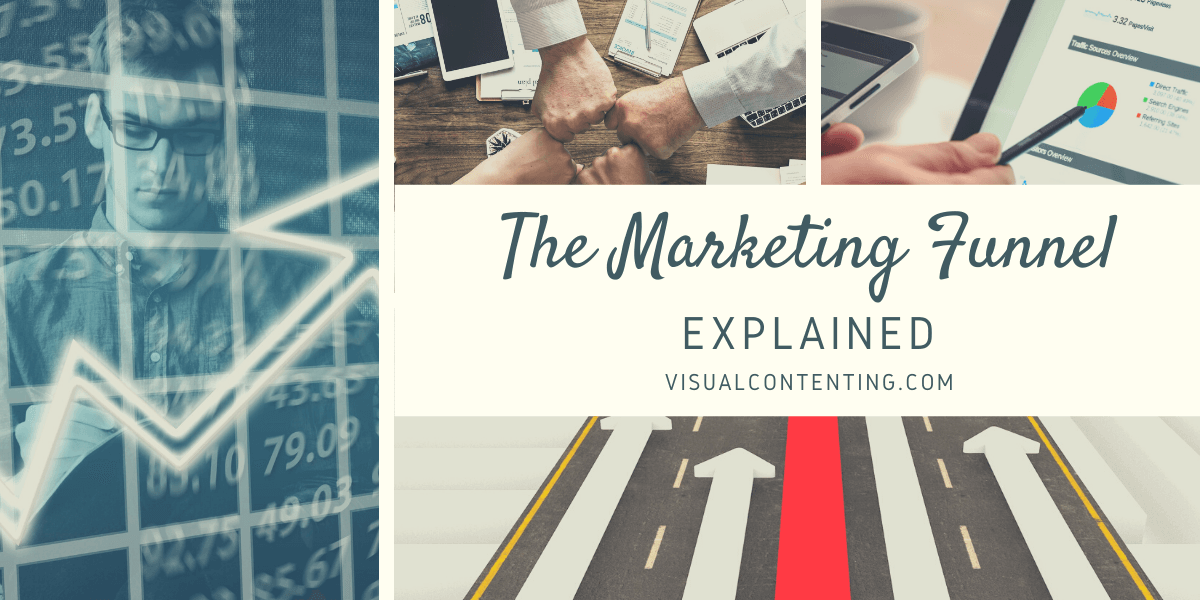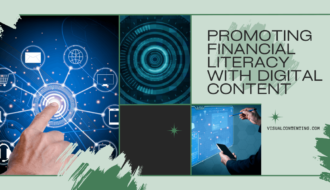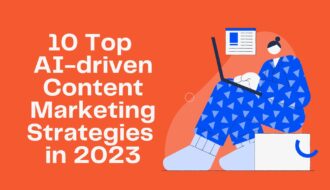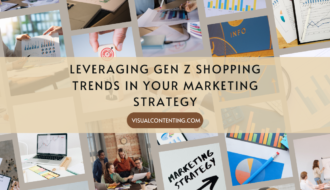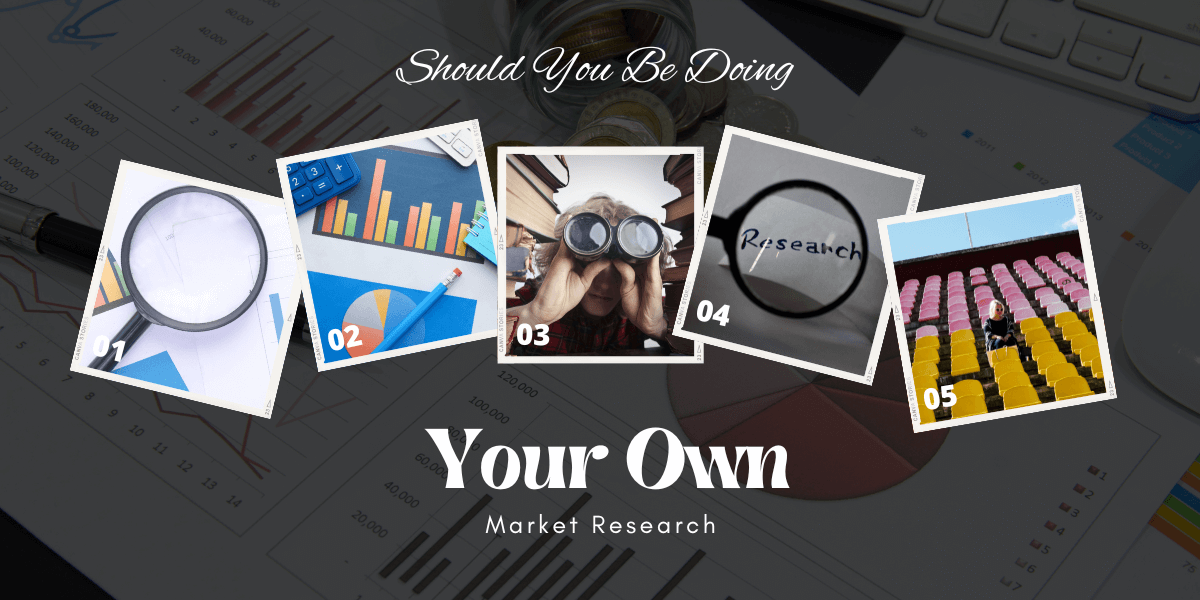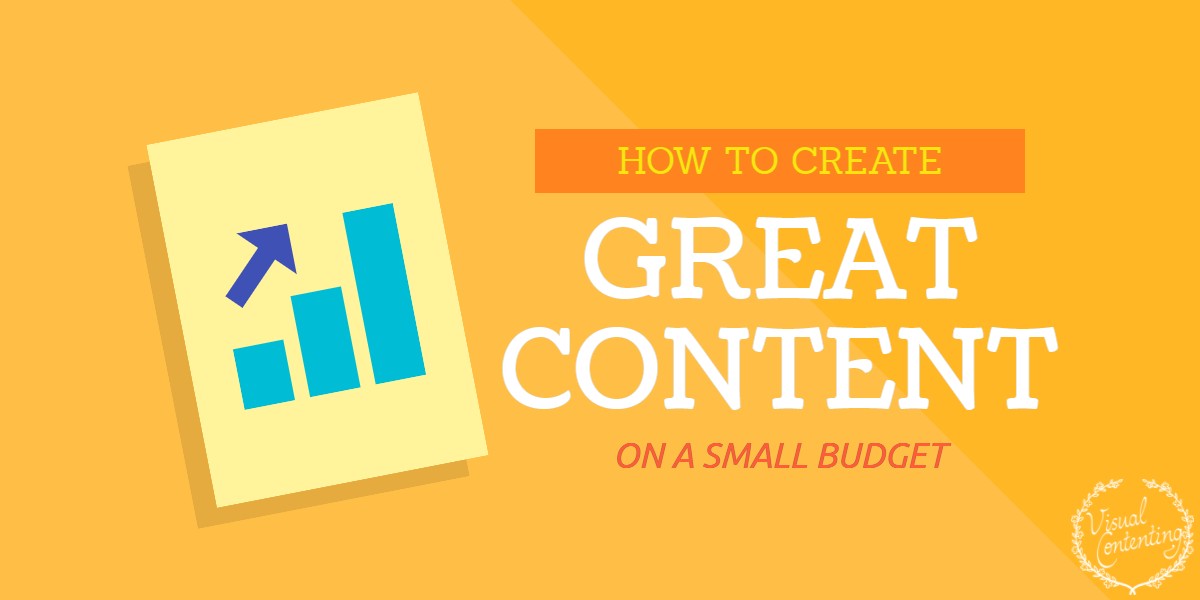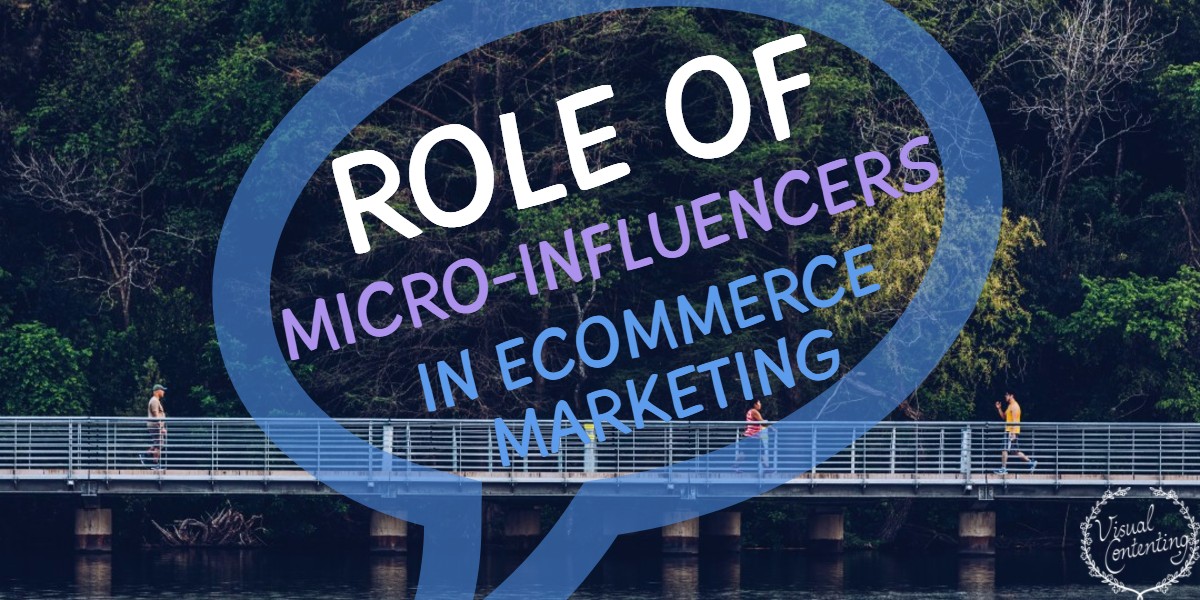The infamous marketing funnel is a visual representation of the way in which businesses turn prospects into customers.
The funnel exhibits, from a marketing perspective, the journey from capturing the attention of your potential customer to nurturing their attention to turning that into a conversion.
Unfortunately, it’s not the marketing circle, and the narrowing of the funnel is representative of the journey; not all leads will turn into customers, much as we would like them to!
That being said, the funnel does break down the stages by which we can ensure that as many leads as possible turn to purchases.
The stages of the marketing funnel
It’s likely that everyone you ask will have a slightly different interpretation of the individual stages of the funnel. However, there are overarching concepts of each stage that seem to be universally accepted by all who reference the beloved funnel.
Source: Track Maven
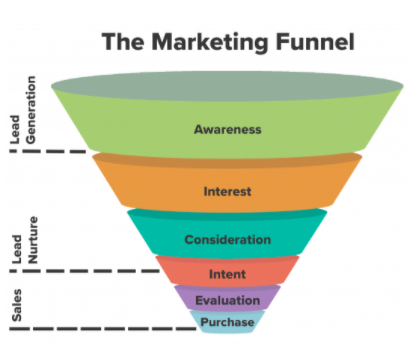
Put simply, we can break the funnel into three main stages:
- The top of the funnel - lead generation i.e. brand awareness
- The middle of the funnel - lead nurturing i.e. gaining interest and further consideration
- The bottom of the funnel - purchase i.e. securing the intent & driving sales
Though it appears simple, there are numerous challenges that every business will face even when they have this funnel in place. So it’s worth knowing that for each stage there are best practices that will help you achieve the optimum result.
Recommended: Marketing Funnels and Customer Journey Maps: Two Buzzwords You Need to Know
Let’s dive in!
Top of the funnel - lead generation
Think of the top of the funnel as a clean slate; your chance to reveal your brand to a world of people who don’t yet know who you are or what you do.
And this process of revealing yourself, if done correctly, will result in the generation of leads.
When it comes to generating leads, brands will typically try to assert themselves as authoritative, trustworthy and worth paying attention to. The idea is to claim space in the relevant market - a move which lends itself naturally to content marketing.
Recent studies have found that 87% of shoppers now begin their search on digital platforms, so exhibiting the right content is crucial to lead generation. Recent studies have found that 87% of shoppers now begin their search on digital platforms, so exhibiting the right content is crucial to lead generation. Click To Tweet
There are many options available for getting your content out into the world including, but certainly not limited to, the following…
- Webinars
- Partnerships with other brands
- Advertising
- Direct mail
- Social media
The list really does go on.
Your top of the funnel content should be informative - remember, people don’t know who you are or what you’re selling, and this is your opportunity to tell them.
Aside from introducing your brand, this is the time to make your content benefit focussed - we will see later that as we move down the funnel, it becomes more effective to press on the pain points of your customers rather than merely showing them the benefits of your product.
But at this stage, your content should answer questions like:
- What product are you offering?
- Who are you offering your product to?
- What sort of brand are you?
- What are your company values?
If the answers to these questions are in line with your potential leads, then you will carry them through to the next stage of the funnel.
Think of it a little like a first date… impressions really are everything!
Middle of the funnel - lead nurturing
So, now people know a little more about who you are and what you’ve got to offer, you need to get them hooked.
You’re on your second date now, and this is your chance to show why there should be a third!
Your middle of the funnel content should give people a chance to learn more about your brand, particularly in terms of what it might look like to be your customer.
These are people who like what they have seen and want to know more about your product or service so you will want your content to answer the following sort of questions…
- What products do you have on offer?
- What can I expect from you once I become your customer?
- Will I be receiving regular emails?
- Are there any benefits to being your customer I should be aware of?
- What kind of quality are your products?
- What do other customers say about your brand?
Having an awareness of the types of questions your audience might be asking at this point will be hugely helpful - particularly when you’re creating the targeted content that is necessary at this stage in the marketing process.
This is your opportunity to start developing a rapport with your audience members with things like targeted newsletters, classes or testimonials. Any means by which you can give an insight as to what it’s like to be your customer will be of high value when it comes to lead nurturing.
You may also want to start incorporating threat avoidance techniques in your content at this stage.
As we mentioned earlier, and according to Ad Espresso, beyond brand awareness there is often minimal value in merely showcasing the benefits of your service. Instead, you can present your audience with a problem to which your brand is the solution.
Even something as simple as the following:
“Are you suffering from dry hands as a result of frequent hand-washing?”
This presents a clear problem to your audience to which you can then market your luxury hand cream as the answer!
Genius, right?
And those who you lead through to the final stage of the funnel will be those who are choosing to engage with your brand based on what you can offer them.
Recommended: The Best Ways to Improve B2B Sales Funnel with Email Campaigns
Bottom of the funnel - customer acquisition
So, you’re at the bottom of your funnel and your most engaged leads are right there with you.
At this point, those leads will start to consider purchasing and you will need to up the ante.
This content should be aimed at giving potential customers a final push and easing any concerns that might be preventing them from converting. Options might include...
- Automated emails i.e. abandoned cart/browse
- Free samples or free trials
- Case studies
- Highly targeted content
- Discounts for first-time buyers or new sign-ups
Remember, your customers are making their final evaluations so offering them a little incentive is never a bad idea.
Likewise, by ensuring that your content is highly targeted you will be able to appease any hesitation.
It is at this stage of the funnel that you will likely see the ad copy that asks “hey, did you forget something?” or not-so-subtly reminds you that “we noticed you looked at this item for a while and we’re a little low on stock… we’d hate for you to miss out”.
On the other side of things, the top of the funnel content should be directed at those customers that you have already secured and from whom you’re wishing to expand.
So you might want to think about offering a refer a friend discount or encouraging people to leave a review, or upselling your latest range of products to someone who has recently purchased.
The possibilities are truly endless but if you’re struggling for inspiration, take a look at your favourite brands or some new companies that you’ve found recently.
Making a note of the way that you are targeted at different stages of your user journey is invaluable.
What makes you subscribe to mailing lists? What makes you leave a website?
Ask yourself the questions that you want to ask your customers, and know that it’s likely they think similarly to you.
Recommended: The Most Successful Marketing Strategies to Get Customers to Buy Your Product

Troubleshooting
Like we said earlier, though it appears simple, there are numerous challenges that every business will face even when they have this funnel in place.
Now that you know the best practices for each stage, you should also know the most common challenges faced by marketers, and how to troubleshoot them.
One of the most frequent challenges faced by new brands is a lack of data.
As we know, Facebook and Google work on algorithms. And without data, these algorithms have little to go by.
Now, this may seem obvious but the first, and arguably most important, way to troubleshoot a lack of data is patience.
Yes - just simple, honest, and sometimes painful, patience.
Of course, we all want to see results… and fast. But truth be told, an effective marketing campaign is a marathon, not a sprint.
In the first couple of weeks of your campaign, it’s unlikely that you will see big changes in your metrics - remember, this is normal. And instead of getting bogged down by it, try to imagine all the things going on behind the scenes.
Your platform will be working tirelessly to pull in as much data as is possible so that their trusty algorithms can get to work, optimising your campaigns to ensure their success.
If you’re at this stage, take a breath, grab a tea and be patient - you’ll see results soon enough.
So what happens when you’re a little further along, you’ve got some decent data, but you’re still a newbie on the scene and basically none of your audience is ready to buy yet?
Believe it or not, this may actually be a blessing in disguise.
On average, website conversions tend to sit at about 1-3% meaning that out of 100 website visitors only 1-3 will convert. If you are looking for some top tips on how to improve your website's conversion rate then why not check out this blog post.
We sense that you’re feeling a little put-out by that but please, don’t be.
The positive side of this statistic is that you’ve got a lot of motive, and a lot of resources, to decipher what it is about the other 97 people that is stopping them from converting.
The other positive? The marketing funnel can help with this.
In the early stages of your marketing funnel, where perhaps 3% is your upper bracket, your audience lacks knowledge. And all they really have is a need that needs fulfilling, a problem that needs solving or an appetite that needs satiating.
The most effective way to troubleshoot a lack of buyer intent is to provide your audience with the means to decide that your service is the solution to their problem.
At this point, you can really sink your teeth into finding out who your target audience is and why they would buy your product - use that every increasing data to reach out to people that are likely to say YES!
Perhaps this isn’t possible in the first implementation of your funnel but as time goes on you can expand your reach into sectors of the market that are looking for a product like yours.
Maybe you create a Lookalike Audience campaign giving you that extra hand in finding the perfect people to target. Or, perhaps you target your ads to people in light of their interests.
Essentially, it’s about sourcing the right kind of people and avoiding the wrong kind of people. And there are plenty of means by which you can do this from Google Analytics to Facebook Audiences to just good old fashioned trial and error - like we said, it’s a marathon, not a sprint.
A final common challenge for marketers is knowing how to implement the marketing funnel.
And we find that a great place to start is with your ad copy.
When you’re creating your ads you should split your audience into the following categories:
- Cold audience members - these are the people at the top of your funnel
- Warm audience members - these are the people in the middle of your funnel
- Hot audience members - these are the people at the bottom of your funnel
This seems simple, but segmenting your audience will get the ball rolling in terms of implementing your marketing strategy.
A crash course on audiences:
Cold audience members are those who don’t know you, so your ads should reflect this.
Make them informative, full of enough information that ensures those who have never seen or heard of you before can have a secure understanding of your brand. At least, secure enough that they feel inclined to ‘learn more’.
Top Tip - this isn’t the time to mention promotions, your audience isn't ready yet and they may see you as spammy!
Warm audience members are those who know who you are but they don’t really know what’s on offer.
These are the ads in which you can drop in a casual “oh, and we offer free delivery over £80” or “and with our buy now, pay later option you can try before you buy”.
Top Tip - much like the middle section of your funnel, you’re trying to nurture the attention of your audience so if there are perks to being your customer, now’s the time to tell.
Hot audience members are those who know what you’re about, they know what’s on offer and they’re deciding whether or not to purchase.
In terms of ads, now is the time to pull out the big guns… aka “you better act fast, we’re running low on stock” (even if you aren’t) or letting them know ‘first-time buyers’ offer will only be running for a limited time (even if the end date is actually undecided).
Top Tip - now is the time to mention promotions, sales and offers - and we recommend putting them front and centre!
Recommended: How to Manage a Business That Has Multiple Target Audiences
In conclusion…
The infamous marketing funnel is a hugely important key to successful marketing.
This handy breakdown of the user journey and the corresponding marketing techniques provides you with a base on which to build your sales strategy from start to finish.
Even if you do not feel ready to implement this kind of structure just yet, having an awareness of these stages as a consumer (not just a marketer) will make you more in-tune with how other brands are targeting you, where you are in your user journey in relation to them, and whether or not you find their content convincing.
All of which is extremely powerful when it comes to implementing your own marketing funnel.
Related Posts

Tom Welbourne is the Director & Founder of The Good Marketer, a Digital Marketing Agency in London which works with Small Businesses to drive more traffic, generate conversions and increase sales.
